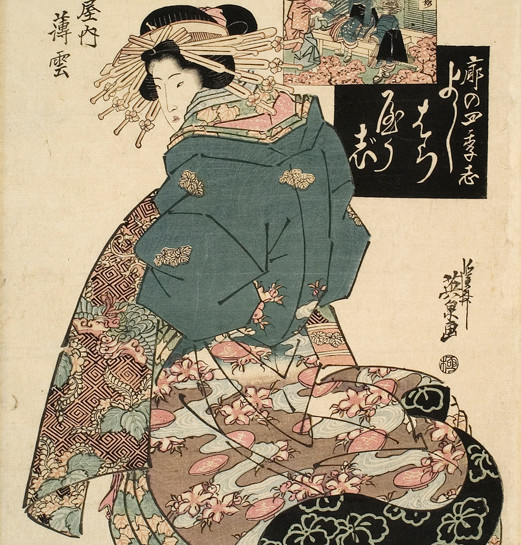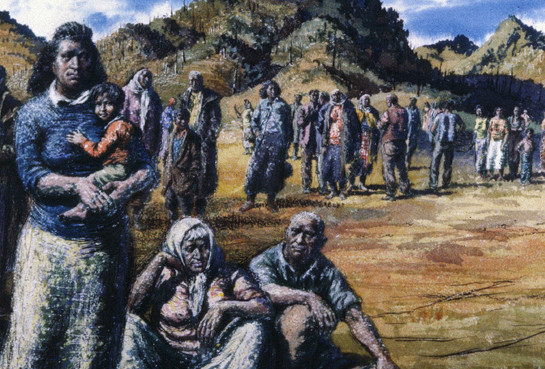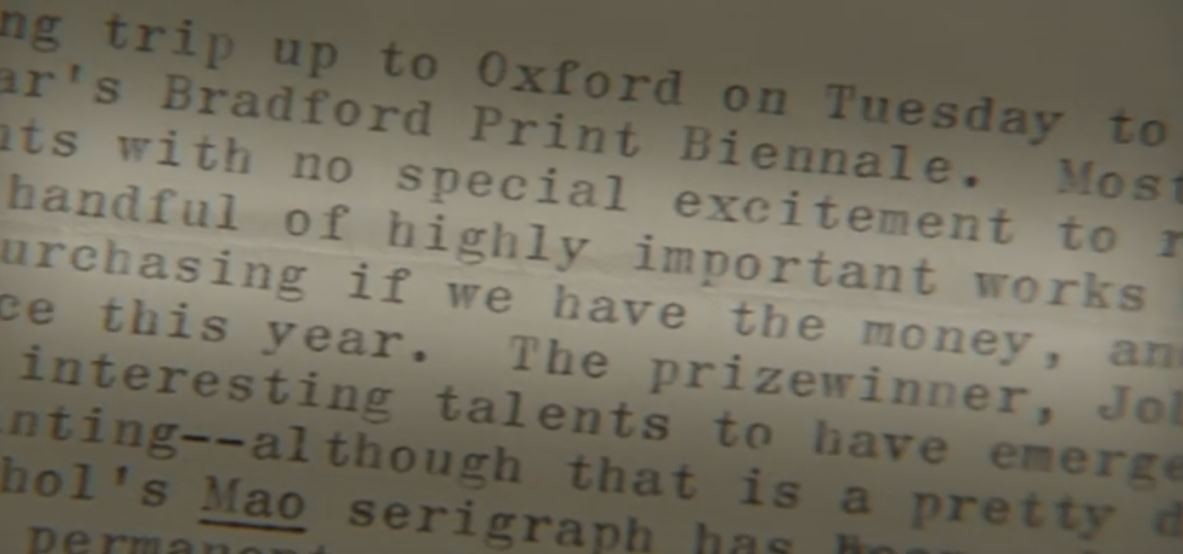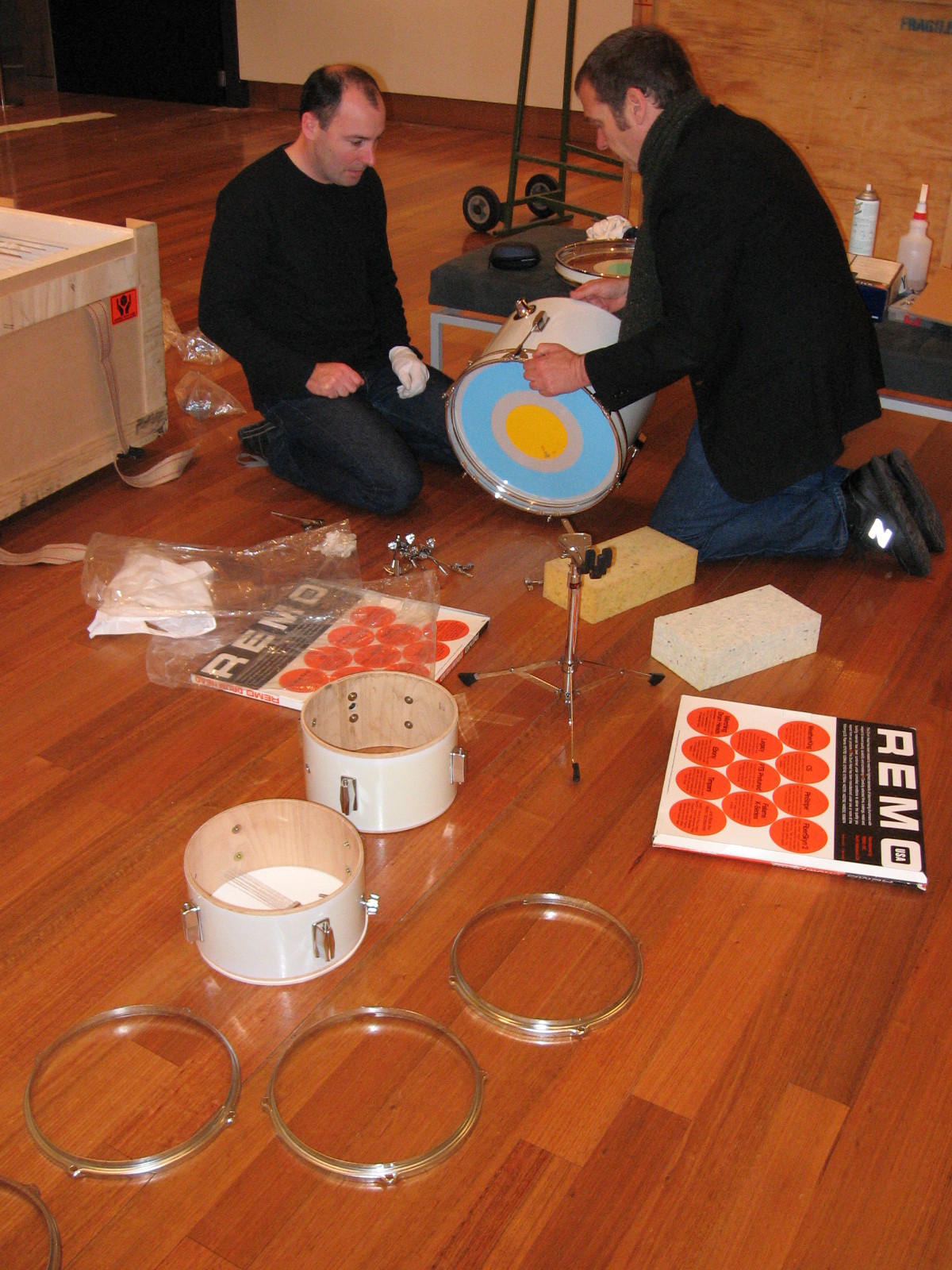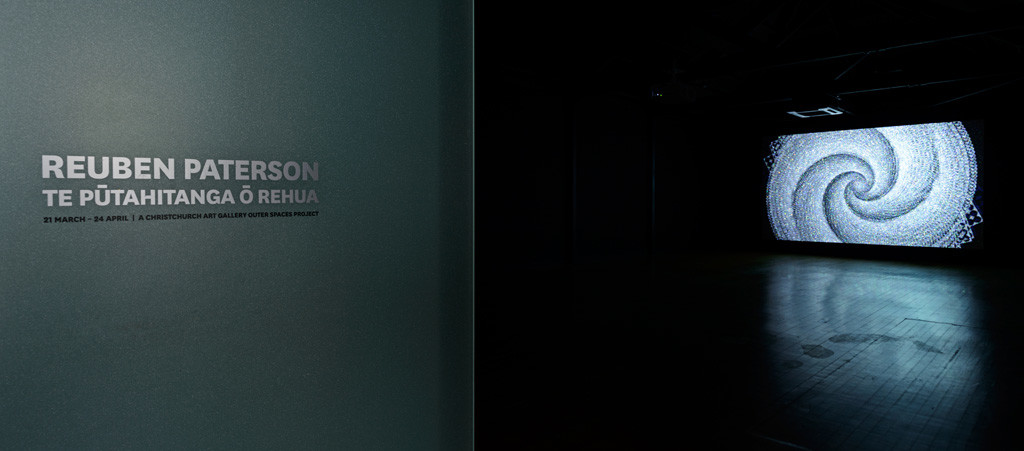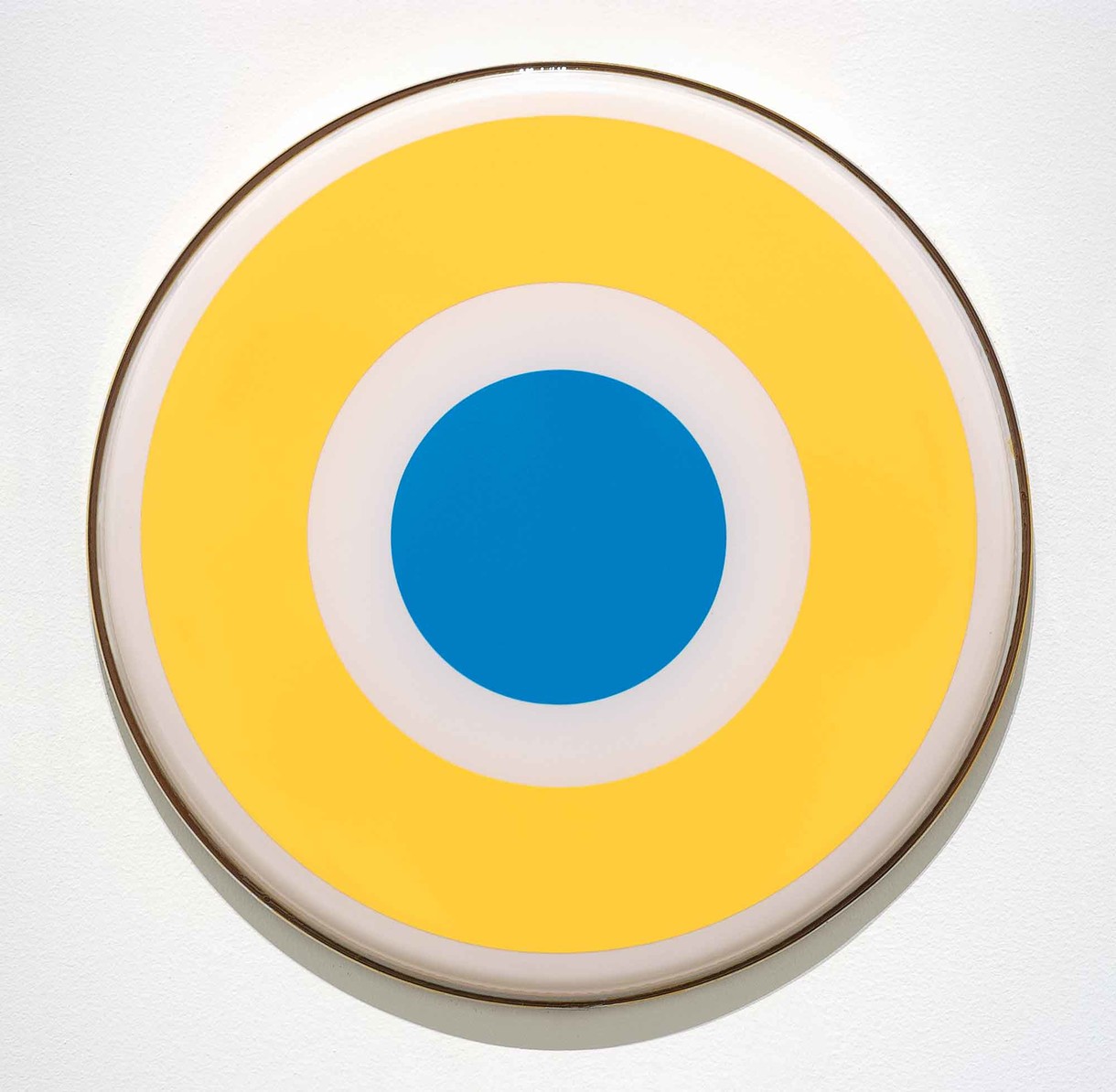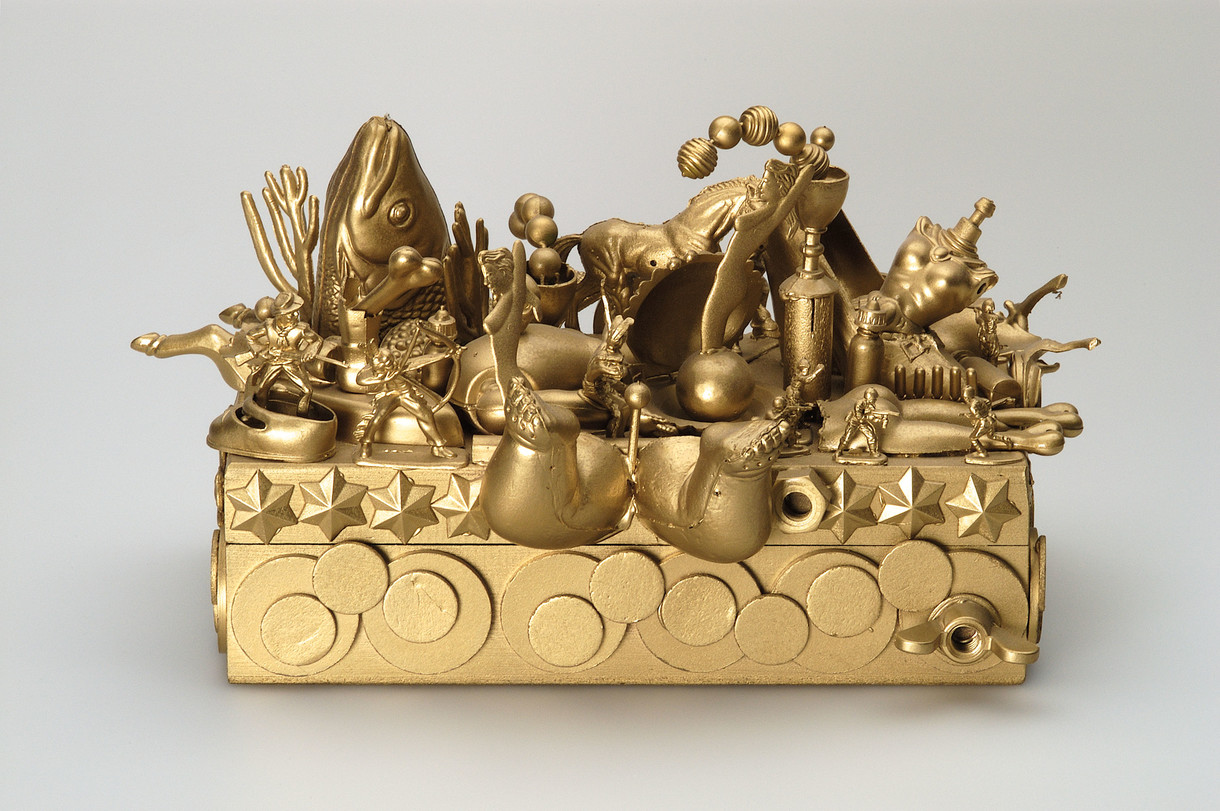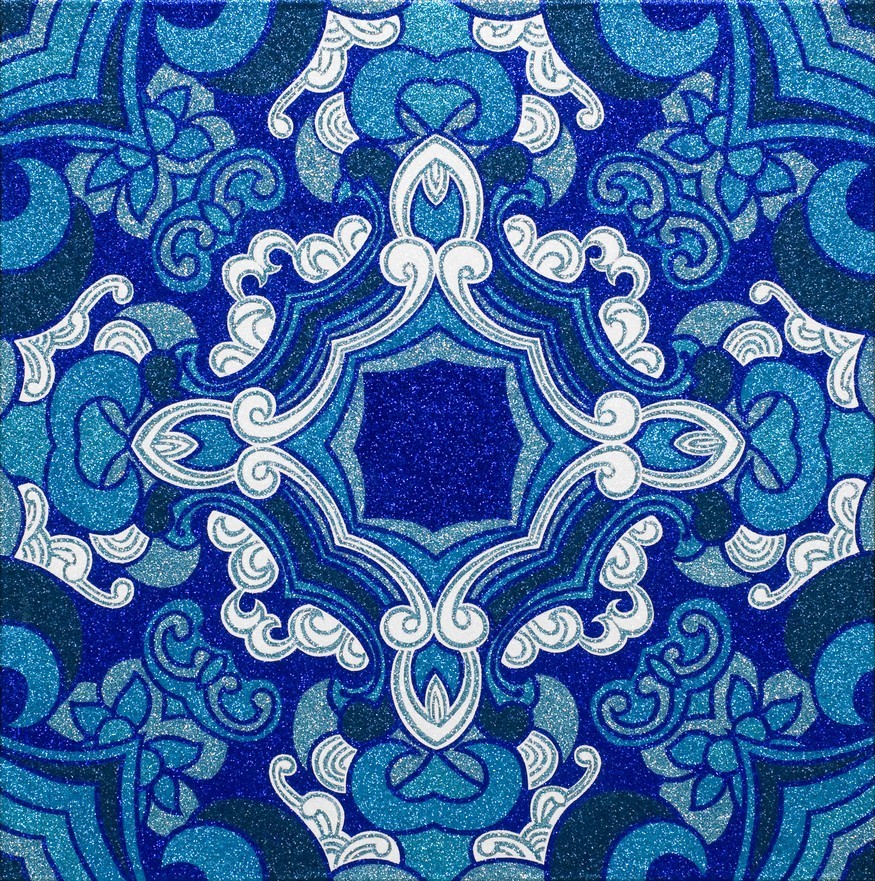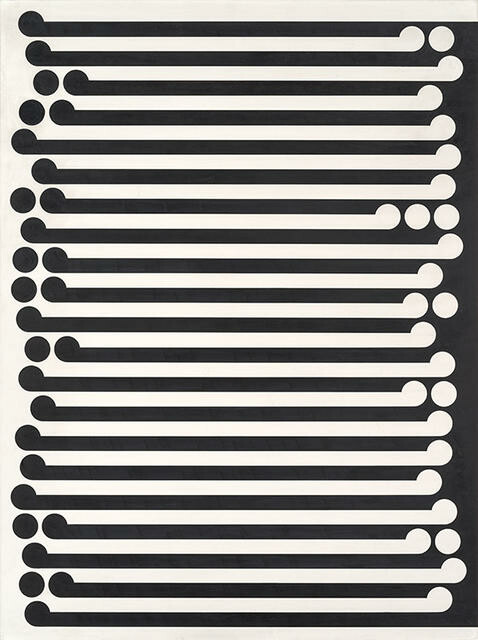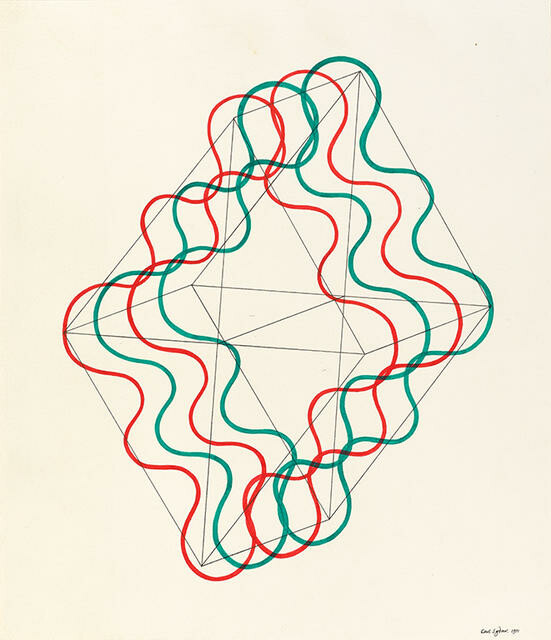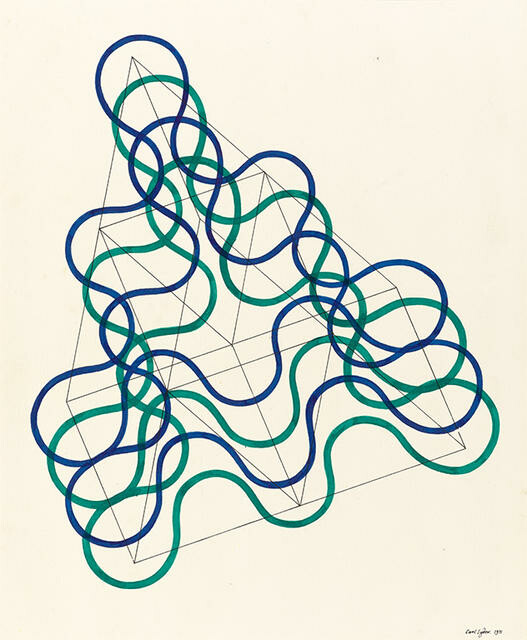Andy Warhol
United States, b.1928, d.1987
Mao Tse-Tung
- 1972
- Screenprint
- Purchased 1975
- 904 x 904mm
- 75/51
Location: Monica Richards Gallery
Tags: blue (color), librarians, men (male humans), people (agents), politicians, Pop (fine arts styles), portraits
Colin McCahon was an important figure in Jonathan Mane-Wheoki’s (Ngāpuhi, Te Aupōuri, Ngāti Kuri) life – first a family friend when Mane-Wheoki’s family moved to Titirangi in the 1950s, and then a teacher when he attended the night classes McCahon taught in the attic of the Auckland Art Gallery Toi o Tāmaki. While he was a student at the University of Canterbury, Mane-Wheoki frequently visited the Robert McDougall Art Gallery to view McCahon’s Tomorrow will be the same but not as this is, and the work held a special place in his heart. The other two works shown here were purchased when Mane-Wheoki was in London studying at the Courtauld Institute of Art. While there, he was commissioned by the cDougall Gallery to purchase works for the collection. In 1974, Mane-Wheoki recommended the entire budget he had available be allocated for the purchase of this Degas etching, and the following year he secured this Andy Warhol print, both small yet exemplary international works.
(Living Archives, 25 October 2025 – 8 March 2026, exhibited alongside 'Tomorrow will be the same but not as this is' by Colin McCahon and 'Manet assis, tourné à droite' by Edgar Degas)
Exhibition History
Op + Pop 6 February – 19 June 2016
Closely associated with notions of fame and popular culture, Andy Warhol was a leading name in American pop art, and renowned for using the aesthetics of advertising and commercial printing techniques in his work.
Warhol’s screenprint of Mao Tse-Tung was made when communist China’s founder was still alive. It adapted a portrait that was used throughout China in veneration of its leader and his ideas. The blue-faced Chairman Mao is one of a series of colour variations Warhol created, all equally startling. He made similar portraits of American icons including Marilyn Monroe, Elizabeth Taylor, Elvis Presley and Mickey Mouse.
Brought to light February 2010 – February 2011
Andy Warhol was famous for creating memorable images of the celebrities and historical figures of his generation, including Marilyn Monroe, Sigmund Freud and Elvis Presley. The subject of this screenprint, Mao Tse-tung (1893–1976), was the revolutionary founder of Communist China and controlled almost a billion people for over twentyfive years. Using the impersonal technique of screenprinting to create a mask of vivid colours, Warhol has portrayed Mao not as a political leader, but as a product of the cult of personality – instantly recognisable and packaged for dispersal to a mass audience.
Mao Tse Tung (1893-1976) was the revolutionary founder of Communist China and, as leader, controlled almost a billion people for over 25 years. Andy Warhol has portrayed him as a product of mass culture, instantly recognisable and packaged for dispersal to a wide audience. The impersonal screenprinting technique, with its mask of vivid colours, conveys the universal power of a recognisable image, but reveals almost nothing about Mao’s character or the political history he symbolises. Warhol was born to immigrant Czechoslovakian parents in Pittsburgh in the United States. He studied at Carnegie Institute of Technology in Pittsburgh and was a successful commercial illustrator in New York in the 1950s. Warhol began exhibiting his paintings with silk-screened Pop Art imagery in 1962 and in 1963 he began making films. Warhol became famous for creating memorable images of celebrities and historical figures of his generation, including Marilyn Monroe, Sigmund Freud, Franz Kafka and Elvis Presley. (Opening Gallery hang 2003)


